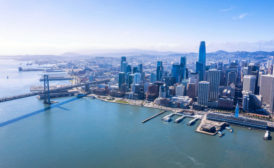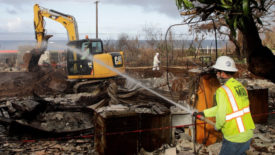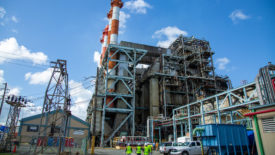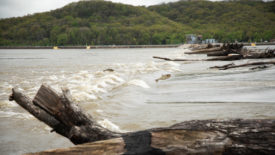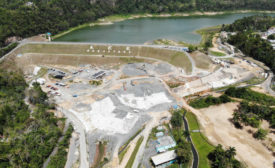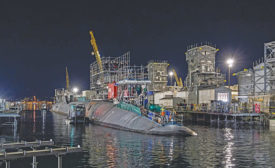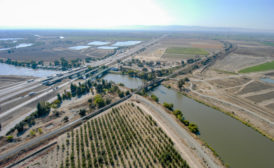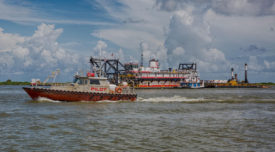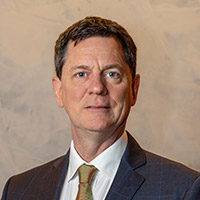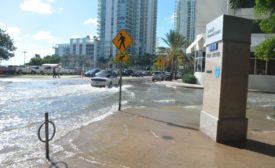Home » Keywords: » USACE
Items Tagged with 'USACE'
ARTICLES
Water
Lake Okeechobee Operating Shifts Set to Boost Everglades Flow
Herbert Hoover dike rehabilitation will coincide with new lake operating strategy
Read More
The latest news and information
#1 Source for Construction News, Data, Rankings, Analysis, and Commentary
JOIN ENR UNLIMITEDCopyright ©2024. All Rights Reserved BNP Media.
Design, CMS, Hosting & Web Development :: ePublishing
